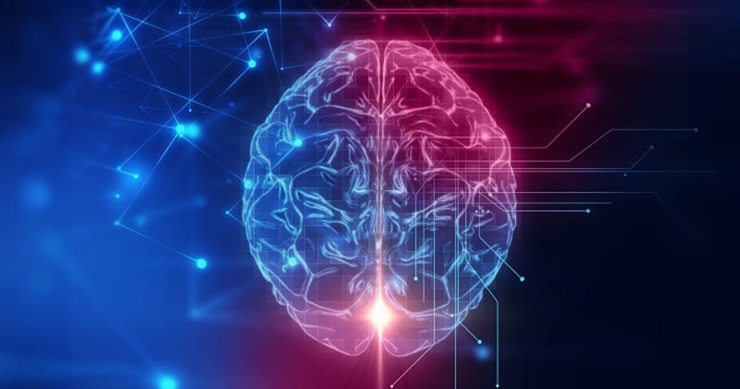From Superconductors to the Symphony of Consciousness | Brian Josephson’s Journey Beyond the Nobel Prize | Exploring the Unification of Mind and Matter Through a Revolutionary Scientific Lens
 Brian Josephson’s legacy in physics is most famously marked by his groundbreaking work on superconductors—a journey that catapulted him to Nobel Prize fame at the young age of 33. Yet, what many find most compelling is his fearless pivot toward exploring the profound mysteries at the intersection of physics and the mind. Free from the constraints of needing to validate his early achievements, Josephson dedicated the past 50 years to probing the subtle relationship between consciousness and the physical world, a transformation that continues to inspire and challenge conventional scientific thought.
Brian Josephson’s legacy in physics is most famously marked by his groundbreaking work on superconductors—a journey that catapulted him to Nobel Prize fame at the young age of 33. Yet, what many find most compelling is his fearless pivot toward exploring the profound mysteries at the intersection of physics and the mind. Free from the constraints of needing to validate his early achievements, Josephson dedicated the past 50 years to probing the subtle relationship between consciousness and the physical world, a transformation that continues to inspire and challenge conventional scientific thought.
In his later work, Josephson confronts the limitations of traditional physics by arguing that a complete picture of reality must include an understanding of the mind. As revealed in his candid discussion with Jeffrey Mishlove, he points out that the standard approach—where observation is treated as a mere bystander in quantum mechanics—is insufficient. His focus on nonlocality and the observer’s role in collapsing probability distributions introduces a radical idea: that the mind and its intricate processes are not just an addendum to physics but a fundamental component of the universe’s fabric.
The discussion takes an even more intriguing turn when Josephson delves into the realms of parapsychology and Eastern mysticism. His willingness to entertain phenomena that many in the scientific community shun—from homeopathy and the memory of water to the possibility of telepathy and psychokinesis—reflects his broader mission to dissolve the barriers between the objective and the subjective. This approach not only challenges the materialistic orthodoxy but also echoes ancient philosophical insights, suggesting that the secrets of the universe have been pondered for millennia across diverse cultures and intellectual traditions.
Beyond the conventional laboratory, Josephson’s research also explores how language and geometry may encode deep, intrinsic meanings. Drawing parallels to the field of semiotics and biosemiotics, he posits that the structures and patterns observed in nature—whether in the crystalline symmetry of quasicrystals or the delicate intricacies of cymatics—could serve as a bridge between physical phenomena and conscious experience. This synthesis of art, language, and science provides a unique perspective on how meaning might be inherent in the very architecture of the universe.
One particularly captivating aspect of his inquiry is the study of cymatics, where acoustic vibrations produce mesmerizing patterns in water. This phenomenon, as Josephson and his collaborators have observed, hints at a kind of “intelligent activity” within matter itself. The idea that simple physical elements, when vibrated at specific frequencies, can self-organize into intricate and seemingly purposeful structures offers a tangible example of how the boundaries between mind and matter may be more permeable than once believed.
Josephson’s work raises profound questions about the future of physics. By challenging the conventional wisdom that confines science to equations and isolated particles, he advocates for an experimental approach that embraces the role of consciousness in shaping reality. This perspective, influenced by luminaries such as David Bohm and John Wheeler, suggests that our understanding of the universe could be revolutionized if physicists were to integrate qualitative, descriptive insights into their models. It is a call to reimagine scientific inquiry as a holistic process that honors both the measurable and the ineffable.
Ultimately, Josephson’s journey is not just a personal odyssey but a clarion call for the broader scientific community to rethink the nature of reality. His insights resonate deeply with the mission of SpeciesUniverse.com—to explore the ultimate connections that bind life, mind, and matter. As we continue to push the boundaries of our understanding, his work serves as a powerful reminder that embracing the mysterious and the uncharted might be the key to unlocking the universe’s most profound secrets.
Key Takeaways:
- Embrace the Uncharted: Recognize that integrating consciousness into physics could revolutionize our understanding of reality.
- Challenge Conventional Wisdom: Question traditional scientific models and explore the intersections between mind and matter.
- Seek Holistic Insights: Combine quantitative data with qualitative experiences to fully appreciate the complexity of the universe.
“Brian Josephson, who originally made his name with superconductors but has since spent more than 50 years exploring physics and the mind.”
Dive deeper into these transformative ideas by exploring our extensive resources on mind-matter unification at SpeciesUniverse.com and join the conversation on how we can reshape the future of scientific discovery.
More details: here

Leave a Reply